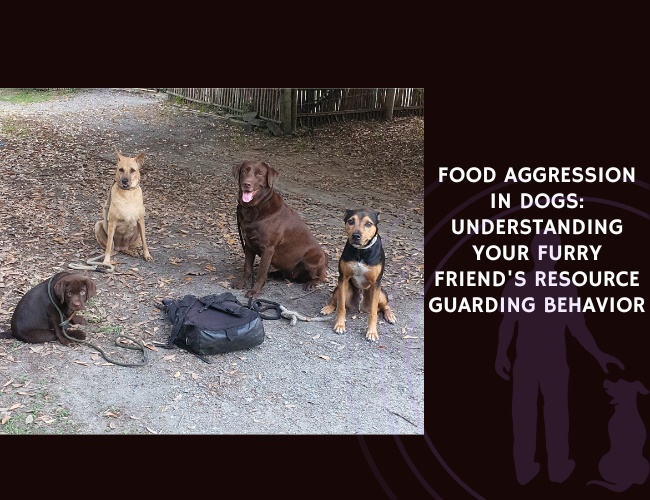A large-scale cognition study reveals how different dog breeds excel in tasks involving social cues, problem-solving, and impulse control.
The cognitive diversity among dog breeds may be more than just anecdotal. A new study published in Scientific Reports examined 1,002 dogs from 13 breeds using a standardized test battery—and the results underscore how deeply selective breeding has shaped the way dogs think, act, and solve problems.
Social cognition and inhibitory control were among the clearest differentiators. Dogs were tested on their ability to interpret human gestures, resist direct impulses, and navigate spatial problems. Breeds differed significantly in their success rates, especially in:
- Following correct vs. misleading pointing cues
- Navigating V-detour barriers
- Resisting direct impulse in the transparent cylinder test
Some breeds were more persistent when faced with unsolvable tasks, while others showed greater human-directed behavior. Interestingly, no breed differences emerged in tasks measuring memory or logical reasoning—suggesting that executive function and social interpretation are the true cognitive battlegrounds of selective pressure.
These findings offer a powerful framework for behaviour-based training apps and for tailoring education methods to each breed’s neurocognitive profile. As trainers and owners become more attuned to how dogs perceive cues and solve problems, our communication and mutual success will only improve.
https://doi.org/10.1038/s41598-022-23141-1










